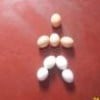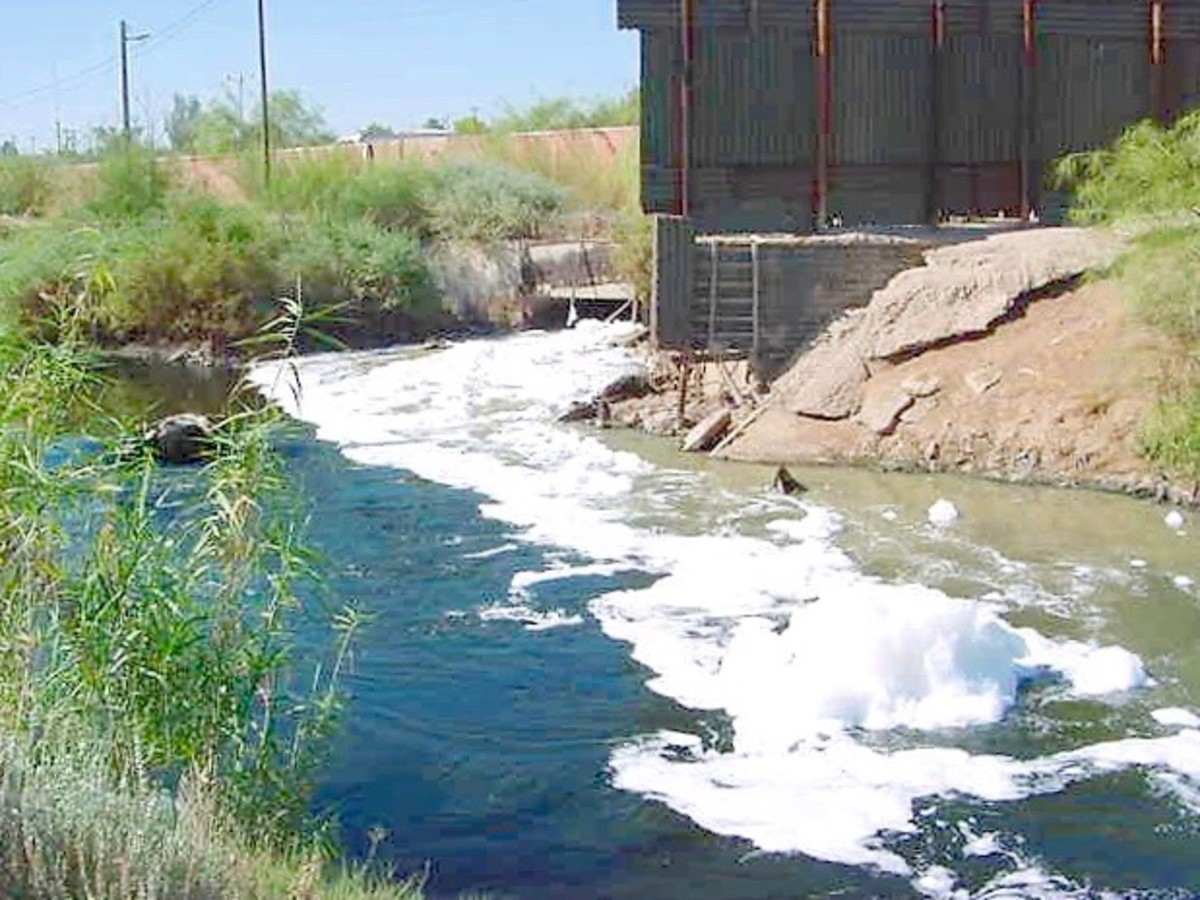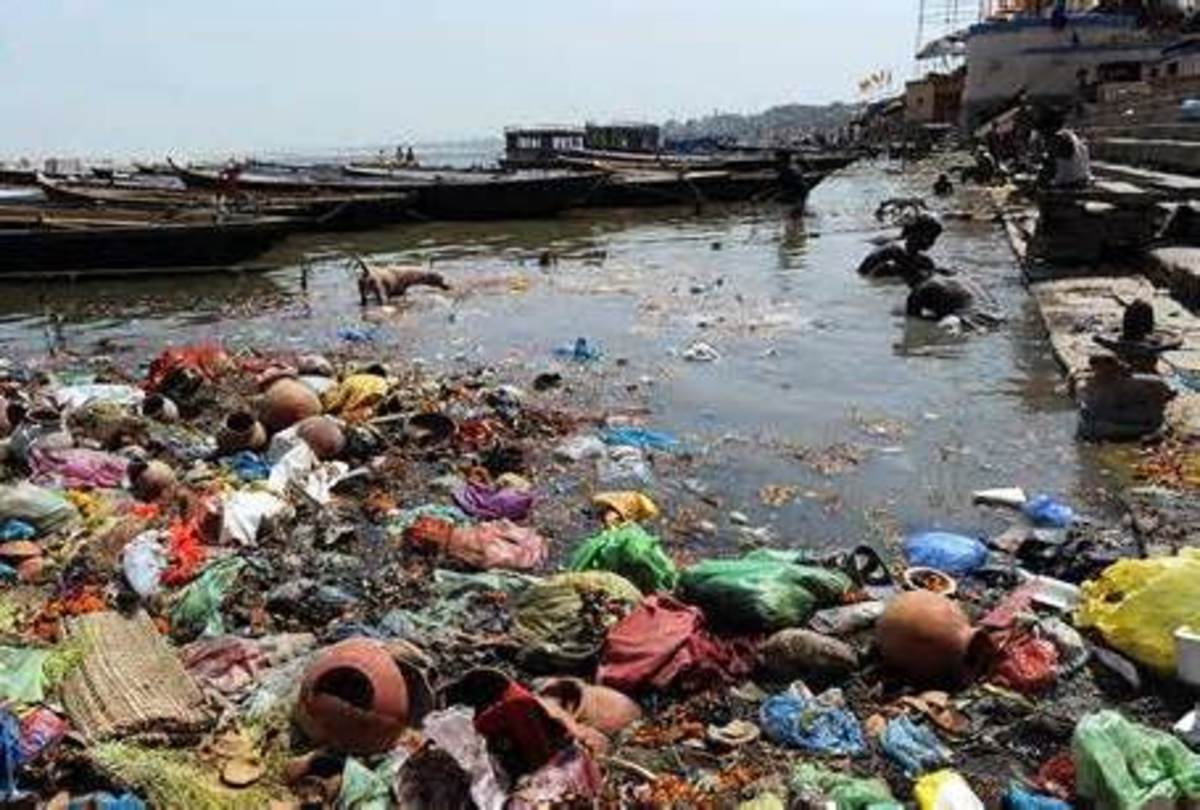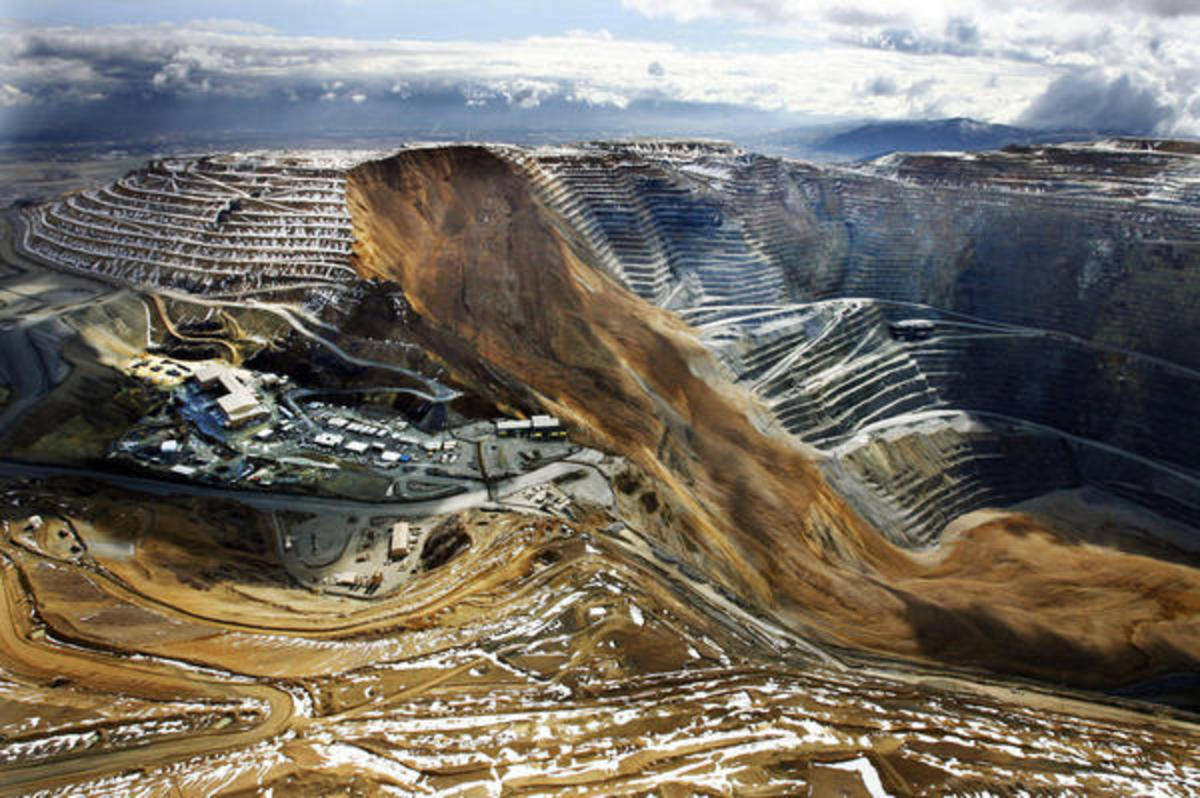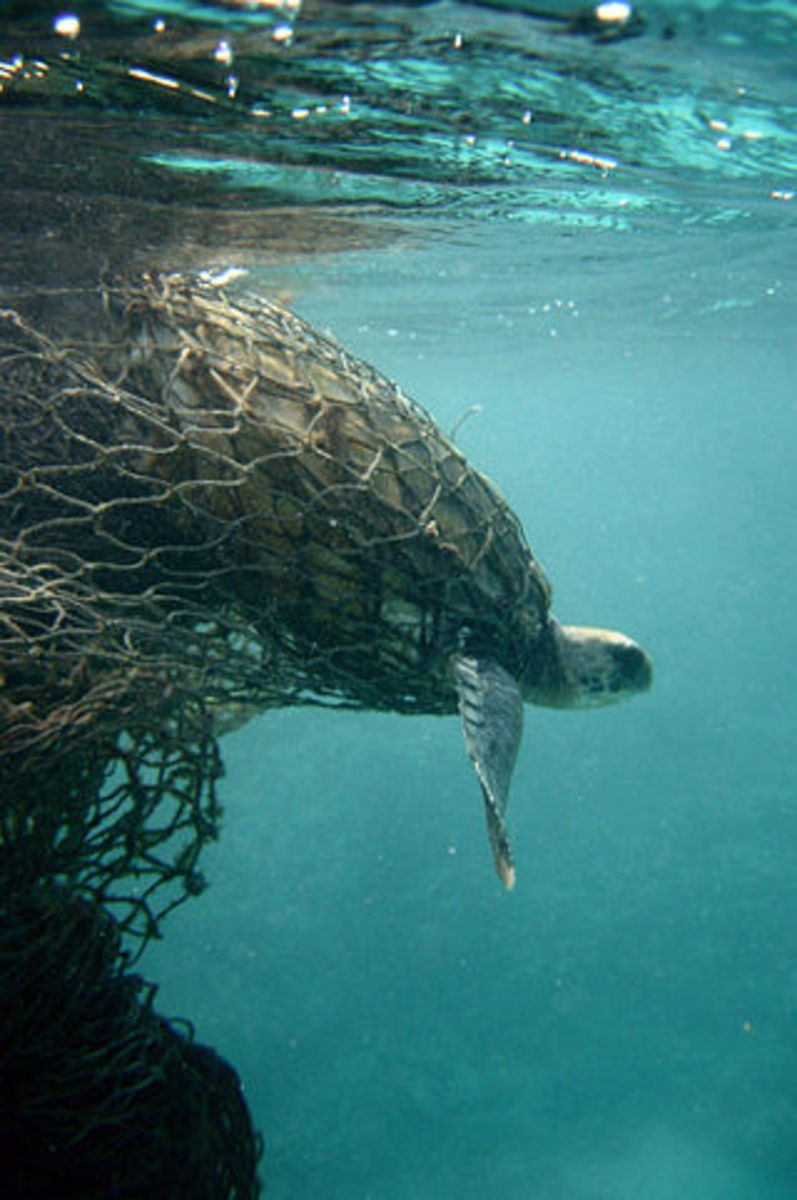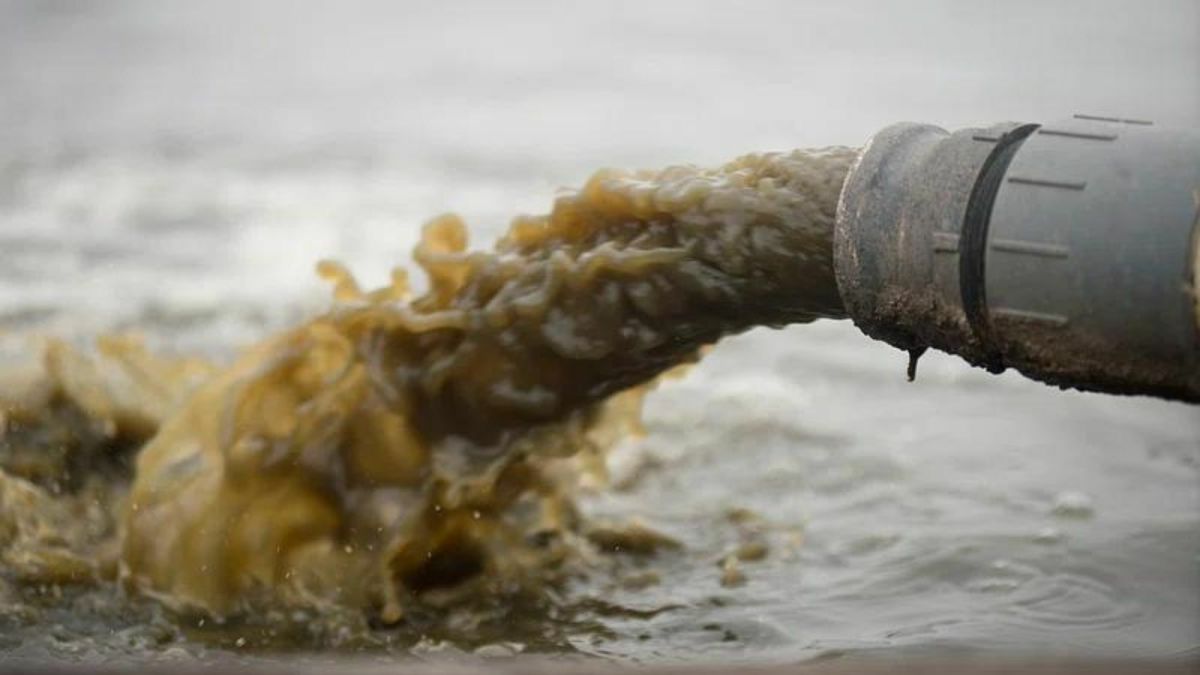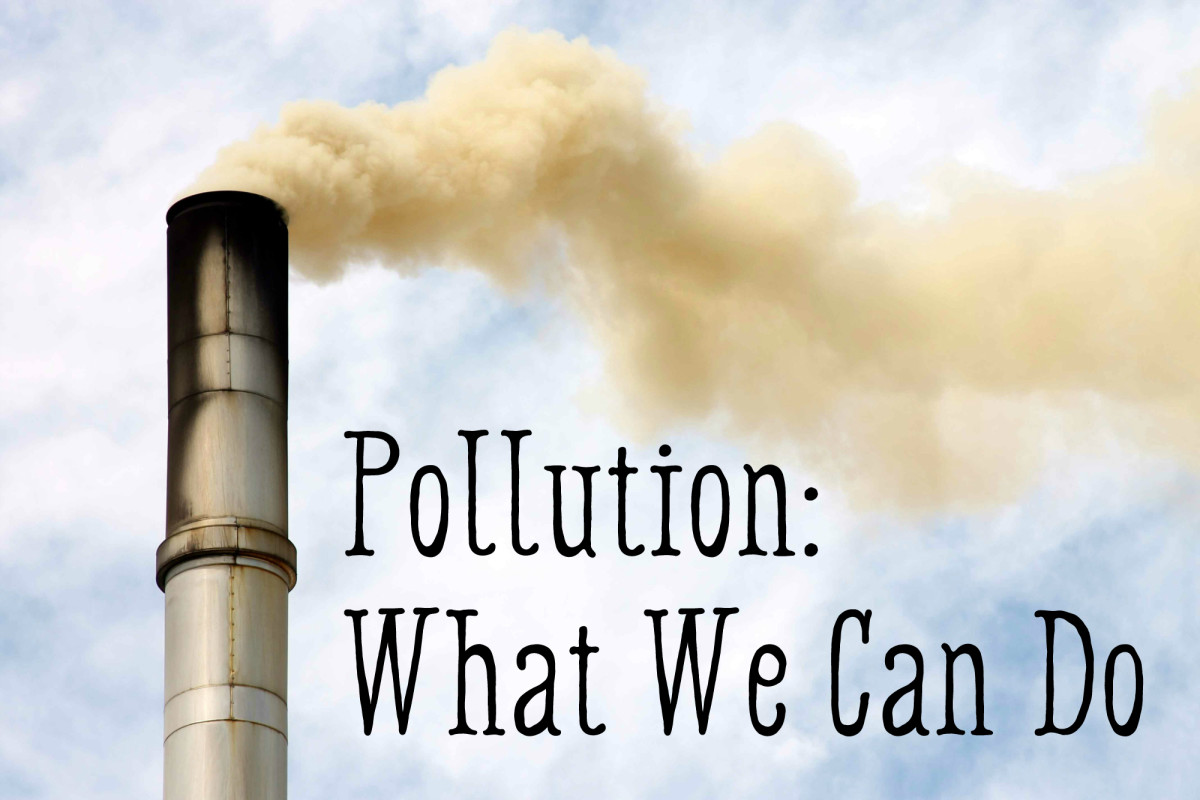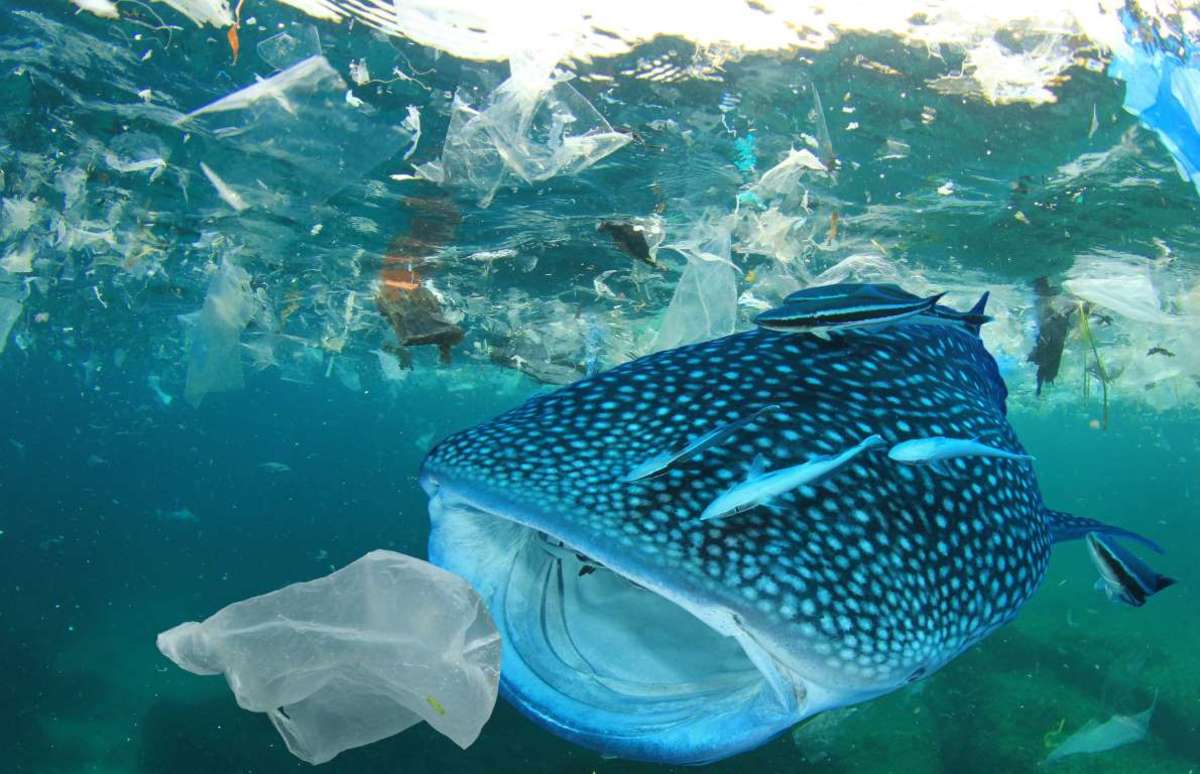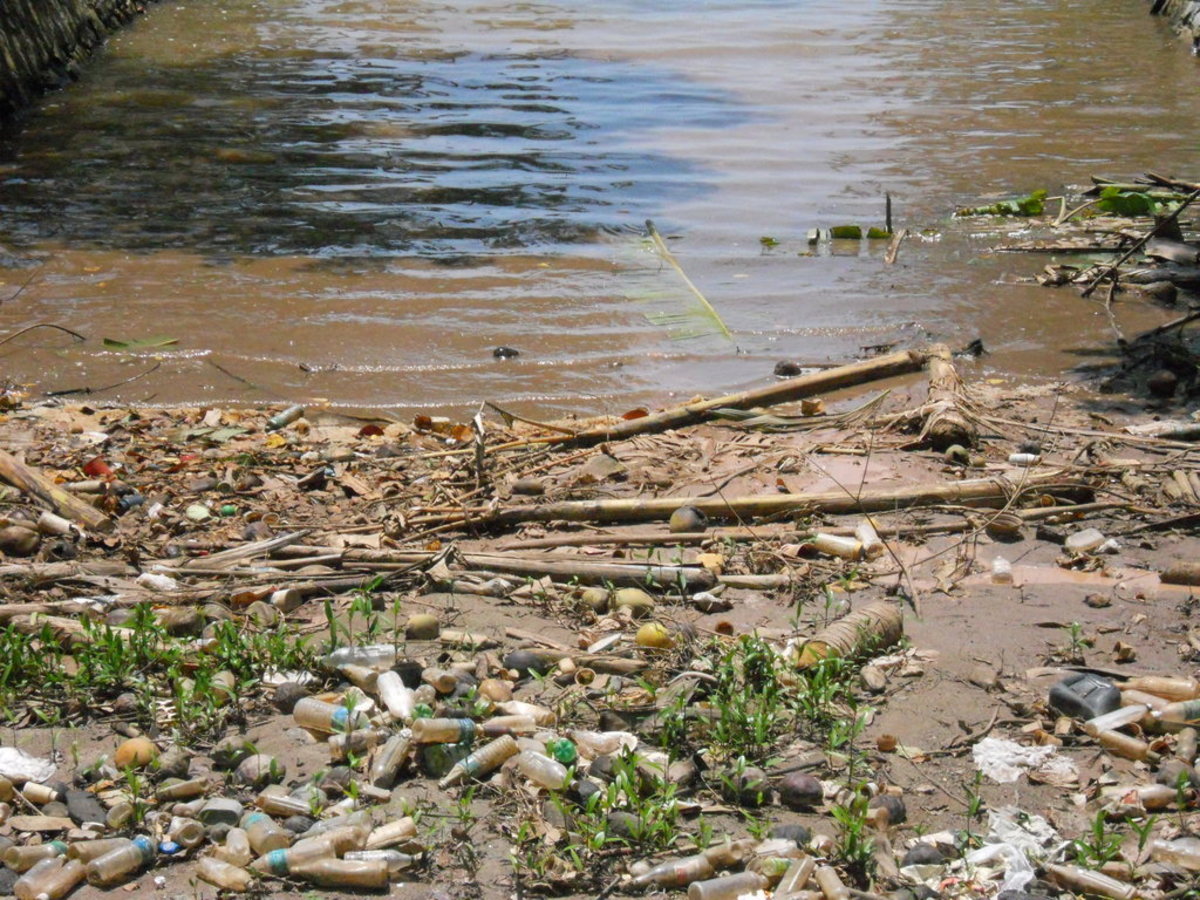Green Technology to tackle water pollution
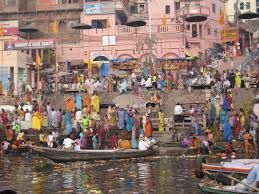
Water is one of the essential thing that every living being in this world needs. For healthy living human beings need pure water to drink and to bath. Rivers are the best source of water for all these purposes. But almost all the rivers in third world countries are under the threat of severe pollution.
In my country India Ganges (commonly known as river Ganga) is a sacred river for Hindu community. But its water is said to be the most polluted water in the country due to waste deposit by humans as well as from factories in its banks.
River pollution may lead to the extinction of the river itself. River is told to be the vein of life. Hence polluting it is equal to cutting the life vein. So an immediate action is required to make rivers pollutant free.
River pollution is to be banned by law
Punjab - the land of five rivers
In India there are a lot of rivers spread all over the country. Indus, Ganga , Yamuna , Brahmaputhra etc are some of them flowing through North India. Punjab is a state in North West India. The meaning of the word Punjab is land of five rivers. The five rivers in Punjab are Jhelum ,Chenab, Ravi , Sutlej and Beas. Chenab is the largest among them. All these rivers are the tributaries of the Indus river which is commonly known as Sindhu River.
It is contrary that in the land of five rivers lies the most polluted city in India also. Ludhiana is the most polluted city in India according to a recent statistics. One of the river through Ludhiana namely 'Buddah Nallah' contains pollutants beyond the allowed level. So to recover these rivers from pollution an action from government is the need of time.
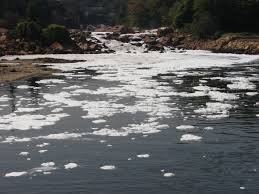
Agents of river pollution
As told earlier most of the factories in India are on the banks of main rivers. They were established at river banks to ensure enough water supply required for the production going on there. But the factory management did a fowl practice of releasing the polluted water back into the river. The factory wastes like poisonous chemicals and other materials were thoughtlessly discharged to rivers. As a result the water get polluted and the ecosystem in them got crushed. Now almost all rivers in India bears poisonous water.
Besides this man also added his own pollutants to river. Wastes from his houses were deposited to rivers. This include even human wastes! Hence diseases spread among people who uses this water for drinking purposes. Still knowing all these hazardous effects people use river water in many parts of the country as they have no other choice to get water.
Buddah Nallah of Ludhiana
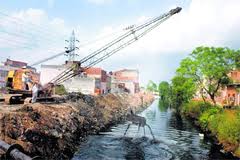
Green Technology to tackle water pollution
It is under this situation the central government of India thought about this severe situation that the country is going to face.The environmental ministry had introduced a pilot project at Ludhiana itself.
A new bioremediation technology to tackle the pollution caused by sewage and industrial pollutants have been launched by Indian Union Minister for Environment Jairam Ramesh. The project cost will be borne by the National River Conservation Directorate.
The bioremediation technology project was introduced in Buddah Nallah of Ludhiana. According to the project temporary barricades like Green Bridges strengthened with microbial consortia will be erected at regular intervals depending upon the quantum of water flow through the river. There will be reduction in the biochemical oxygen demand (BOD) and chemical oxidation demand (COD) levels in the water passing through these Green Bridges.
It is expected that the microbial consortia will chew away the organic load and industrial pollutants present in the river. The microorganisms deployed in the new technology are those indigenous in nature. Hence they are harmless. The Union minister assured that no genetically modified organism will be used in this project. It will be a completely green technology. Hence it will be harmless to human beings as well as animals. Also it will not harm the ecosystem existing in the river.
The water pollution of Sutlej river and other rivers and canals had affected many people that live along the banks of these water sources. The Buddah Nallah which has been polluting for about forty years by solid wastes from diaries , sewage water , industrial effluents and garbage dumping. These Buddah Nallah joins Sutlej river , polluting it also. So if the filtration of river water occurs by Green Bridges it will be benefited by a number of people and the next generation will also escape from serious disorders.
